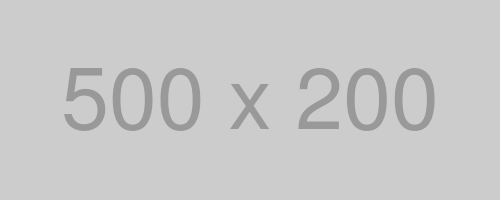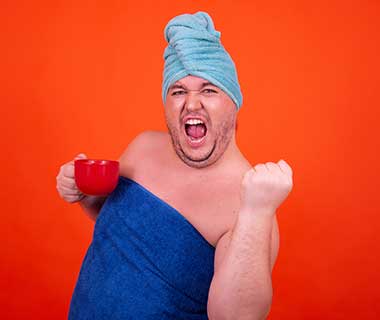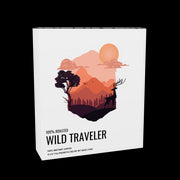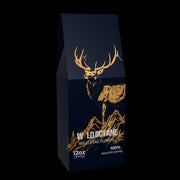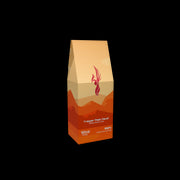Caffeine levels in coffee can vary widely depending on various factors such as the type of coffee bean, brewing method, and serving size.
Factors Affecting Caffeine Content
-
Coffee Bean Type: Different coffee bean varieties naturally contain varying levels of caffeine. Robusta beans generally have more caffeine than Arabica beans.
-
Roast Level: Contrary to popular belief, darker roasts actually have slightly less caffeine than lighter roasts because the roasting process can reduce caffeine content.
-
Brewing Method: The method used to brew coffee significantly affects its caffeine concentration. Here are some common brewing methods and their typical caffeine content per 8-ounce (240 mL) cup:
Caffeine Content Examples
-
Espresso: A single shot of espresso (1 ounce or 30 mL) typically contains about 63 mg of caffeine. Double shots would contain approximately 125 mg.
-
Drip Coffee: Standard drip-brewed coffee can vary widely depending on factors like grind size and brewing time, but generally, an 8-ounce cup contains about 95 mg of caffeine.
-
Instant Coffee: Instant coffee tends to have slightly less caffeine than drip coffee, with around 63 mg per 8-ounce serving.
-
Cold Brew: Cold brew coffee is brewed with cold water over an extended period, resulting in a smoother taste and slightly higher caffeine concentration, typically around 150 mg per 8-ounce cup.
-
Decaf Coffee: Despite the name, decaffeinated coffee is not completely caffeine-free. It usually contains around 2 to 5 mg of caffeine per 8-ounce cup.

